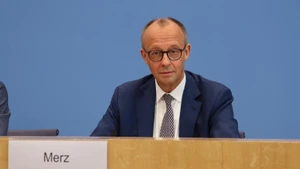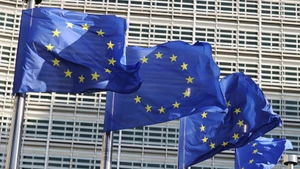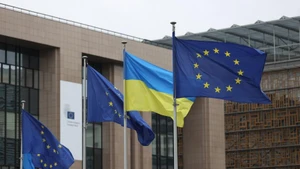The Thai baht has appreciated strongly over the past few weeks thanks to optimistic signals about the growth of the tourism industry. In August, the baht rose about 4.6%, to 35.3 baht to 1 USD, leading to the increase in the price of currencies throughout Asia. Thailand is expected to attract 10 million international tourists in 2022, 1.5 times higher than the forecast made in April.
The Thai government has approved the Tourism Authority of Thailand (TAT)'s tourism revenue target of 2.38 trillion THB (approximately 65 billion USD), as well as strategies for 2023 to revive the “smokeless industry”,turning tourism into a sustainable revenue-generating industry for the country.
The operator of Dubai International Airport, one of the world’s busiest airports, says that monthly passenger traffic is likely to recover to pre-pandemic levels in the second half of 2023. Dubai International Airport is expected to handle about 62.4 million passengers this year, up about 7% from recent forecasts, after passenger traffic doubled in the first half of 2022. The airport is forecast to welcome seven million visitors per month by the end of 2023.
Meanwhile, in Europe, congestion is warned at the port of Dover in south-eastern England, causing passengers to arrive at the northern French port of Calais, possibly to wait for hours for ferries. Most schools in England began their summer break from the last week of July, kicking off one of the busiest travel times across the English Channel. Transport policy and research organisation RAC estimates that with about 18.8 million trips in just three days fromJuly 22 to 24, this time is the highest peak for summer travel since 2014.
In Belgium, the occupancy rate of hotels in Brussels in July was almost on par with the same period in 2019, indicating that the tourism industry is recovering strongly. According to the Brussels Hotels Association, the occupancy rate of this area reached 66.6% in July, much higher than the rates in 2020 and 2021 at 20% and 24% respectively.
In Mexico, the prosperity of the tourism industry is reflected in the outstanding growth of revenue from international visitors. According to the National Institute of Statistics and Geography of Mexico, Mexico’s foreign currency revenue from international tourists reached 13.8 billion USD in the first half of 2022, the highest level ever recorded in the same period, bringing the smokeless industry to the country’s fourth largest source of foreign exchange earnings. Mexico’s international tourist revenue has already exceeded pre-pandemic levels. In June 2022 alone, the South American country earned more than 2.2 billion USD, up 21.2% over the same period in 2021.
Despite the absence of tourists from Russia and Ukraine, which are two of the countries with the largest number of visitors to Egypt, the tourism revenue of the pyramid country still increased strength during the 2021-2022 fiscal year. The Central Bank of Egypt (CBE) released a report saying that the country’s tourism revenue rose to a record of about 8.2 billion USD in the period from July 2021 to March 2022, compared with about 3.1 billion USD in the same fiscal period last year.
A global vaccine strategy, with a more effective and flexible response to the pandemic in many countries, aswell as a positive outlook on the world economy, are the factors that have led to the gradual recovery of the world tourism industry. However, the Global Business Travel Association (GBTA) warned, that persistent inflation, soaring energy prices, labour shortages, supply chain issues and lockdowns in some countries, could impede the full recovery of global tourism activity.
















